Ford Driving Skills for Life – Part Two
- Written by David Taylor
- Published in News
- font size decrease font size increase font size
- Be the first to comment!
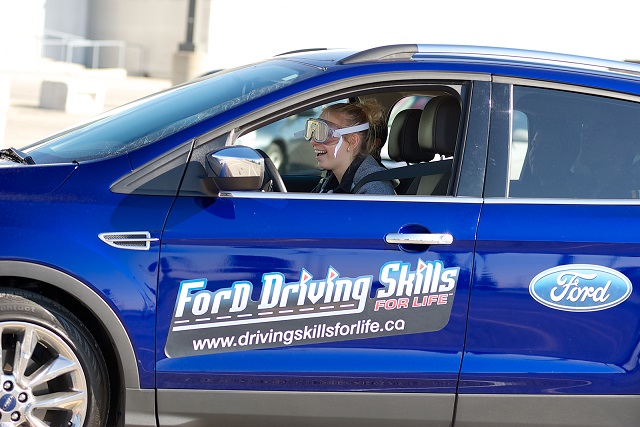
Globally, Ford believes that it can help combat the international issue of providing young and inexperienced drivers with opportunities to learn a little more about handling four thousand pounds of steel every time they sit behind the steering wheel of an automobile.
The Ford Motor Company is investing corporate profits to establish an initiative called Ford Driving Skills for Life (Ford DSFL). We recently had an opportunity to attend the very first official event for DSFL in the Greater Toronto Area. In attendance were some 75-100 high school students, from Philip Pocock Catholic Secondary School in Mississauga. Each eager participant had at least a G1 probational license; a few had earned their G2. Neither the students nor their high school had to pay for this training course.
Ford’s mandate in this initiative is to provide the tools via practical applications to newly licensed teens, teaching them necessary skills for safe driving – beyond what they will learn in standard driver education courses.
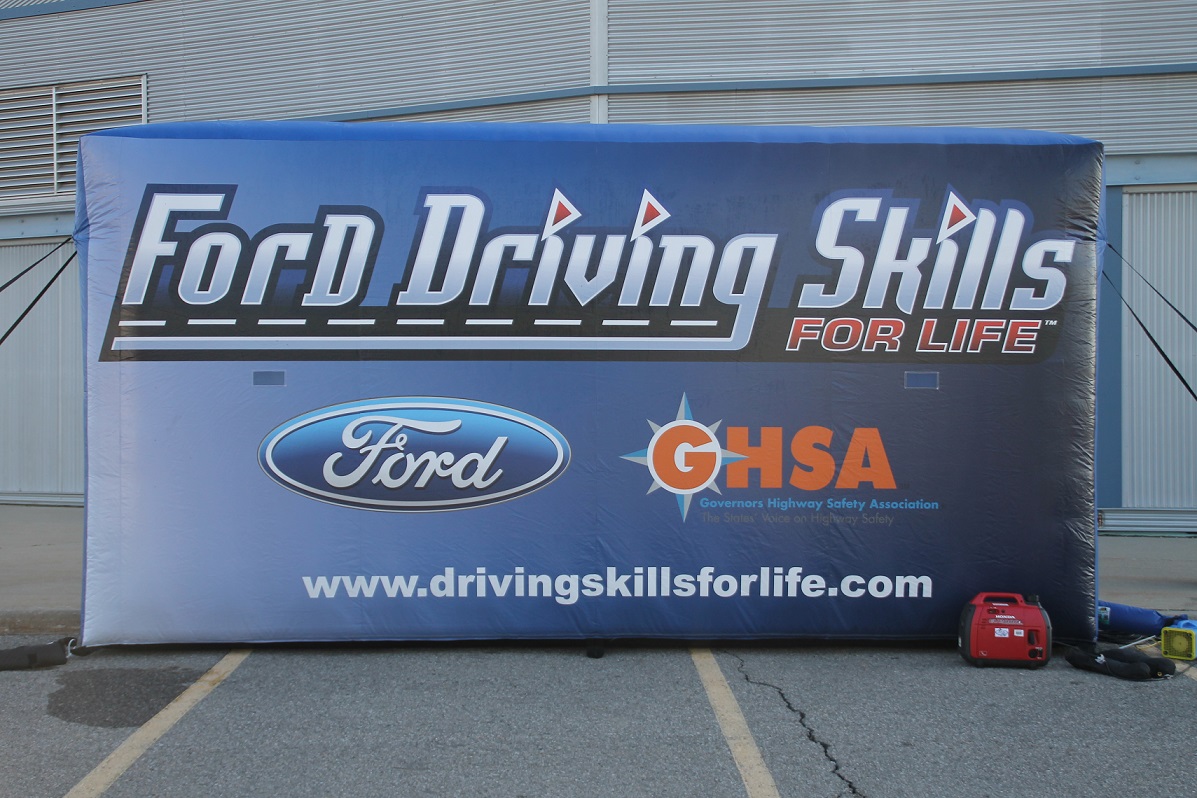
Early morning and the noisy students are filling out forms and waivers. Some appear half asleep, others as excited as over-caffeinated squirrels. In other words, typical teenagers. All are provided with coloured wrist bands. They listen relatively attentively to a couple of Ford spokespersons who attempt to engage them with course content. Again, these are teenagers who either just want to get on with things now or ask if this course counts towards their graduation.
About the only time that there seems to be a moment of recognition is when an instructor states in an authoritative voice, “There are no accidents – only crashes.”
Finally the time has come to be divided into four different groups. Friends and class mates look to one another and around the room as clusters of adolescents oozing more hormones than any biologist could register, are divided by the colour of individual wristbands.
It’s obvious that few have really paid attention to the introduction since a huge cheer goes out when a specific colour band is initially coupled with the Ford Mustang. It’s the car that has really registered, not the activity.
In conversation with the aforementioned Dave Drimmie, Caroline Hughes, Vice President Government Relations for Ford of Canada along with Randy Bleicher, the chief driving instructor and operations manager for the DSFL programme in the United States, it soon becomes clear that the morning will be divided into four distinct categories: control; avoidance; distraction; and, a simulated impaired exercise. Obviously this is not just about distracted driving, per se. Naturally, as technology has advanced, the course has evolved – and will continue to do so.
We chose to follow a group of students aged 16 – 18. Predominantly male with a few young ladies to add to the dynamic. Initially, there were distinct and disparate cliques. By the end of the day, there was only one – and each participant was an informed member.
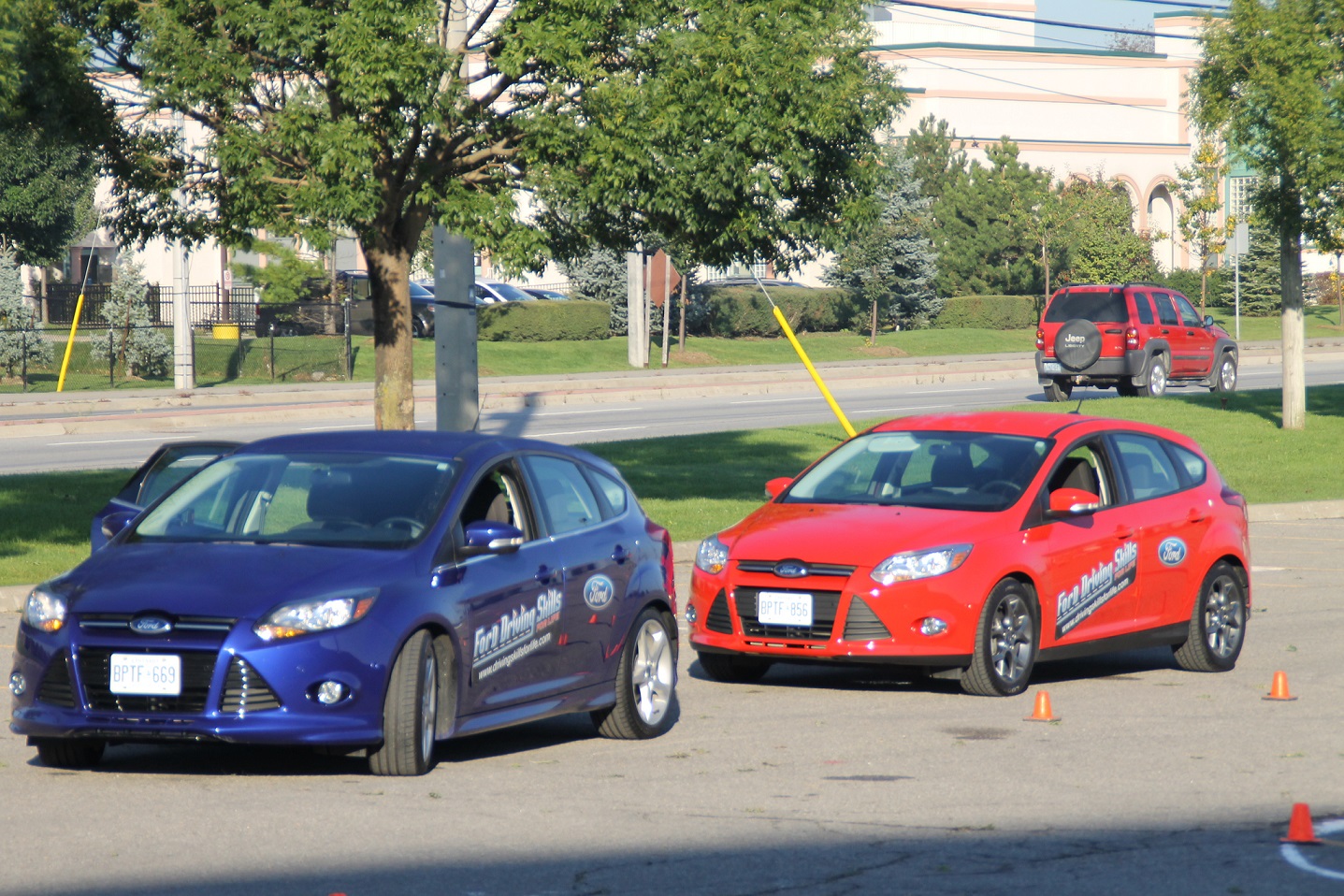
Using a different pair of Mustangs, students were introduced to the notion of avoidance – steering away from an incident rather than braking into it. Cars were accelerated to 40 kph in a straight line. At the end of this long lane were three red lights. Racing toward the lights, the instructor at the last moment activated a signal and one light changed to green. The driver is expected to steer into that lane successfully – and then brake – without skidding. Again, it’s about control and measured response.
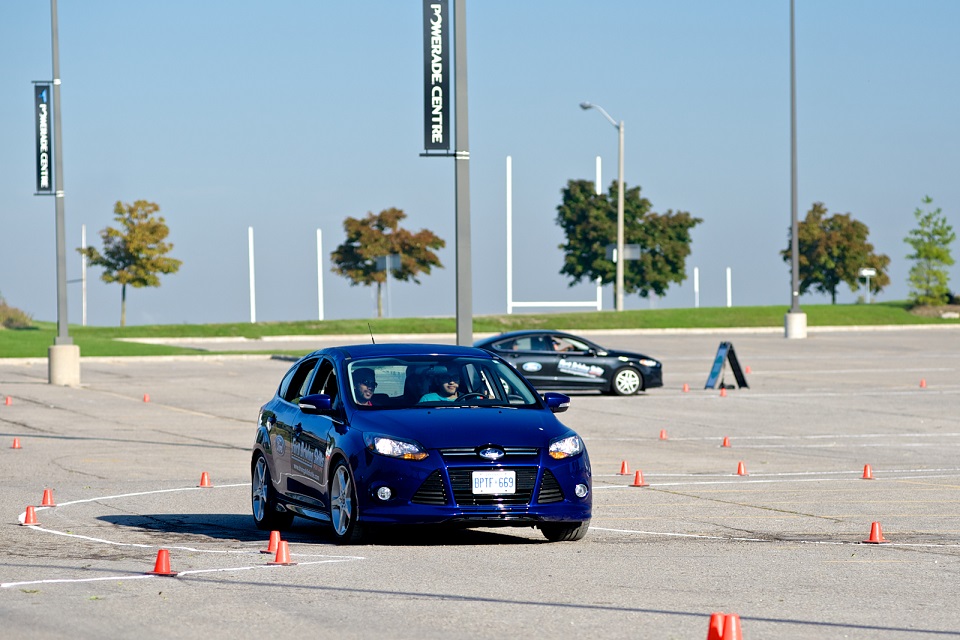
Moving along, our group was beginning to see the light; there was still animated discussion but now it was about what they had experienced so far this morning – nothing to do with someone’s post on social media. Away from Mustangs and into the more “practical” Ford Focus. The objective in the distracted portion was to drive a windy, cone-marked course demonstrating total control of the vehicle. The first lap was with four people in the car; a driver, an instructor and two other students in the rear seat. No distractions of any sort. Every driver was quite confident after their initial lap – but that soon changed. While driving, the driver was asked to send a text to a student in the back who would reply. The driver would attempt to respond. By the time a reply was viewed, the course had to be re-laid out since cones were everywhere. This test alone showed everyone, unequivocally the inherent dangers of texting and driving. But to make things interesting, the driver was then further distracted as the instructor continued to play very loud music. A similar result was reached when passengers in the rear seats went out of their way to distract the driver through noise, gestures and forceful prodding. By the time each student had cycled through as a driver, the point had been very clearly made. Not so much chit chat now.
The final exercise was a simulated impaired test. This drew laughter and smirks from everyone; just the notion alone. Officers from Peel Regional Police were on hand to control this test. Before anyone got behind the wheel of the shiny Ford Escapes on this challenging autocross, students were invited to try something. Kick the cone! A small orange cone was placed on the ground. Each student would take turns kicking it. Easy enough. But then the twist was added. Fatal vision goggles – real “beer goggles”. They may look like protective glasses but the lenses can simulate the equivalent vision that one might experience after alcohol was consumed. The first mimicked a blood alcohol level (BAC) of .07 - .10 – around the “legal” limit. Then .12 - .15 BAC and finally .25 BAC – almost three times the legal limit. What ensued was both hilarious – and horrifying. Most students “whiffed” kicking the cone when wearing the first two spectacles. Many could not make out anything and had little sense of balance on the third level. You can only imagine what the result was like driving. Two students actually declined to complete the third level when behind the wheel. The impression was indelible.
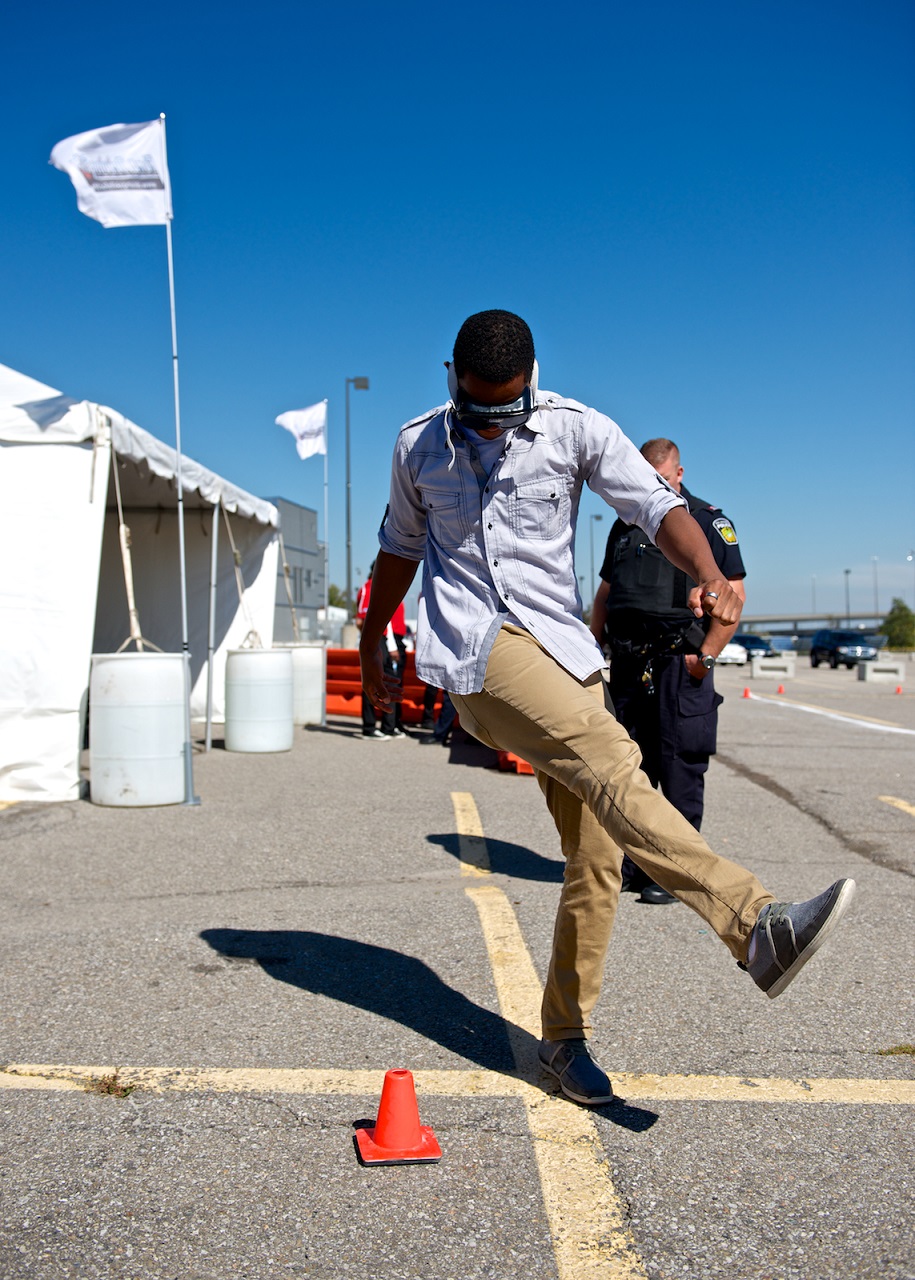
Police officers also likened the experience with the “beer goggles” to replicating being under the influence of drugs. One officer spoke about the dangers of over the counter cold medications on cognitive functions. Quite sobering.
So the students skipped a half day of school. However, their driver education was enhanced. To a person, the general sense of awareness was absolutely heightened. Any initial bravado evident at 8am was now gone. These lessons had a profound impact.
We’ll allow Caroline Hughes to have the final word. Recently, her eldest son had been running around working all day and was starving. His schedule would not allow for a restaurant stop, so a fast food drive thru window would have to suffice. Driving to his next stop, he dropped his burger on the floor and reached down to retrieve it. In that instant, the driver ahead stopped – suddenly. Caroline’s son just saw the brake lights ahead as he surfaced from the car floor, burger in hand. He was able to stop in time, narrowly avoiding a crash. Needless to say, the burger was jarred from his hand and fell to the floor once again to remain there floor until he could pull over and stop his vehicle – and catch his breath.
Distracted driving is not just texting or talking on a device. It’s anything which takes your focus from the task at hand while driving from A to B in a responsible manner.
Ford Motor Company gets that – and will do more in the future to ensure more students have an opportunity to take this course – before it’s too late.
Who will continue to teach our children? Perhaps other manufacturers will also rise to the challenge in the near future?
